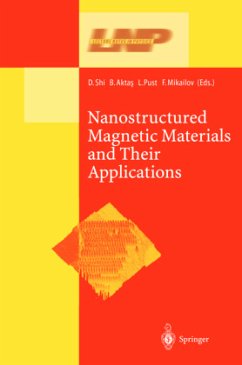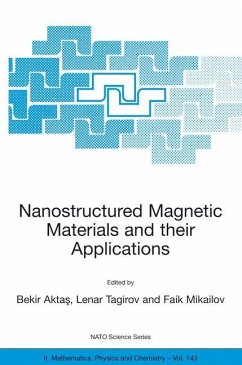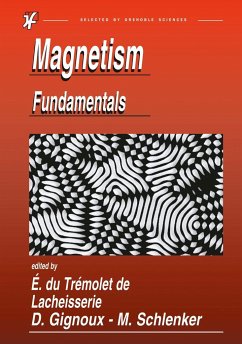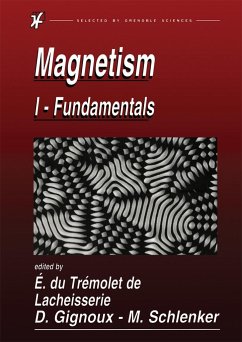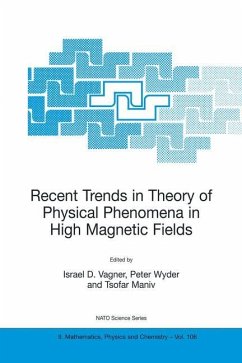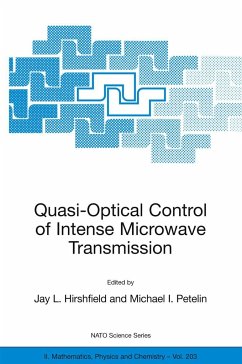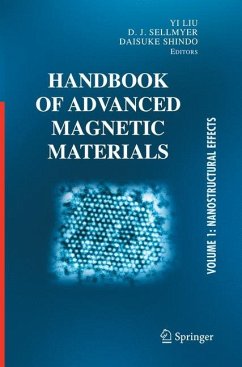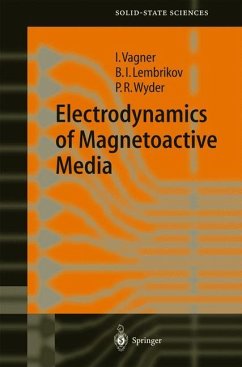
Handbook of Magnetic Materials
Volume 13
Mitwirkender: Buschow, Kurt H. J.
Versandkostenfrei!
Versandfertig in 6-10 Tagen
153,99 €
inkl. MwSt.

PAYBACK Punkte
77 °P sammeln!
Volume 13 of the Handbook of Magnetic Materials, as the preceding volumes, has a dual purpose. As a textbook it is intended to be of assistance to those who wish to be introduced to a given topic in the field of magnetism without the need to read the vast amount of literature published. As a work of reference it is intended for scientists active in magnetism research. To this dual purpose, Volume 13 of the Handbook is composed of topical review articles written by leading authorities. In each of these articles an extensive description is given in graphical as well as in tabular form, much emph...
Volume 13 of the Handbook of Magnetic Materials, as the preceding volumes, has a dual purpose. As a textbook it is intended to be of assistance to those who wish to be introduced to a given topic in the field of magnetism without the need to read the vast amount of literature published. As a work of reference it is intended for scientists active in magnetism research. To this dual purpose, Volume 13 of the Handbook is composed of topical review articles written by leading authorities. In each of these articles an extensive description is given in graphical as well as in tabular form, much emphasis being placed on the discussion of the experimental material in the framework of physics, chemistry and material science. In Chapter 1 of this volume a general review of the experimental work on interlayer exchange coupling is presented along with a discussion of the current understanding of this field. There exists an extensive amount of scientific efforts devoted to 4f and 5f systems, including experimental and theoretical, as well as basic and applied research. Chapter 2 aims at reviewing a part of these efforts from the viewpoint of microscopic theory. Special attention is paid to the many new developments in the field. One of the intentions is to bring to the fore the darker areas of DFT theory applications. A review of novel experimental results and first-principle energy-band calculations of MOKE spectra will be presented in Chapter 3. Conventional co-operative phenomena, such as long-range order and elementary excitation, have realisations in nonmagnetic situations. This applies also to the phenomena of geometrical frustration. In Chapter 4 this topic is addressed by developing the basic principles underlying the magnetic phenomena.



